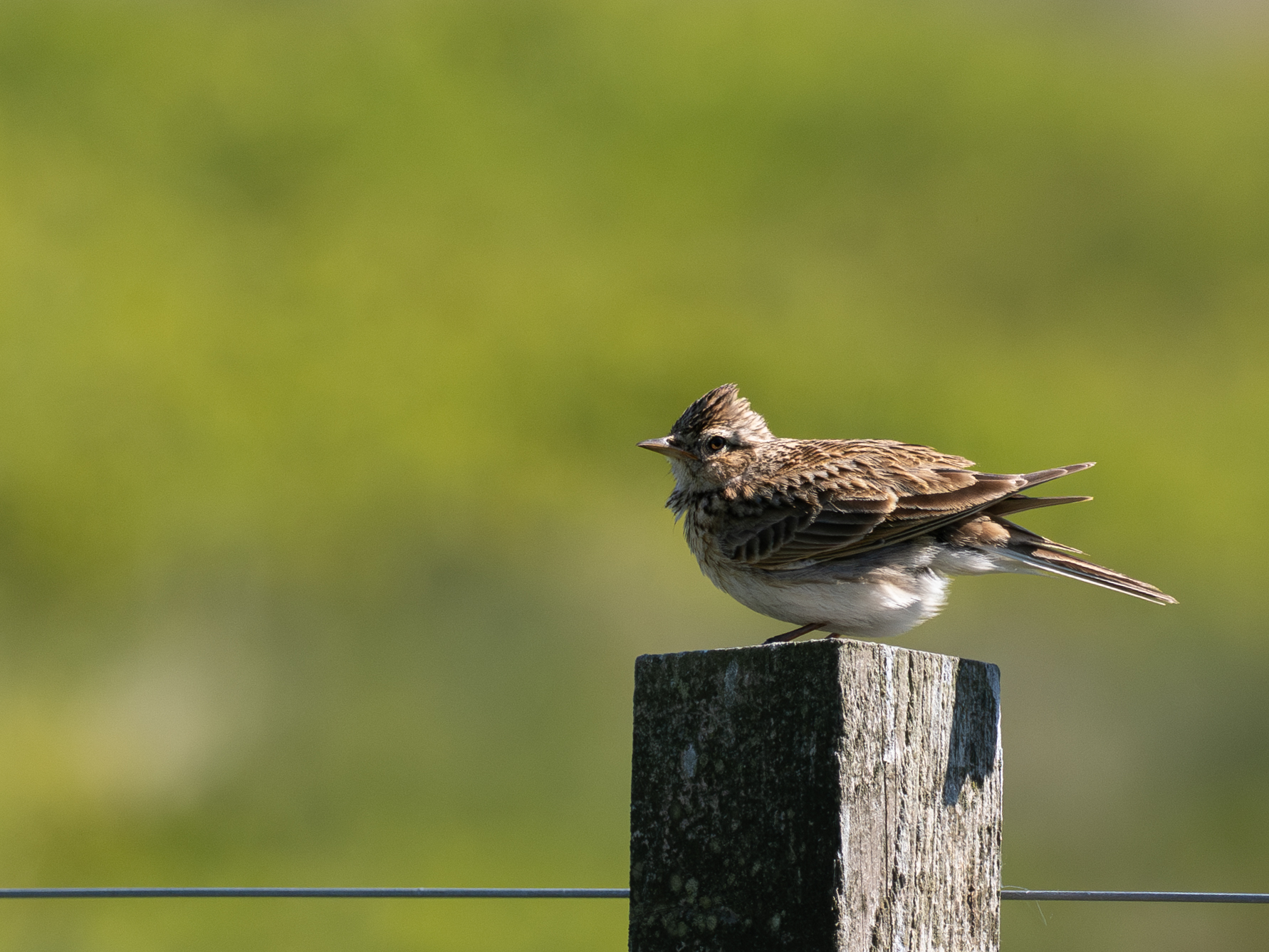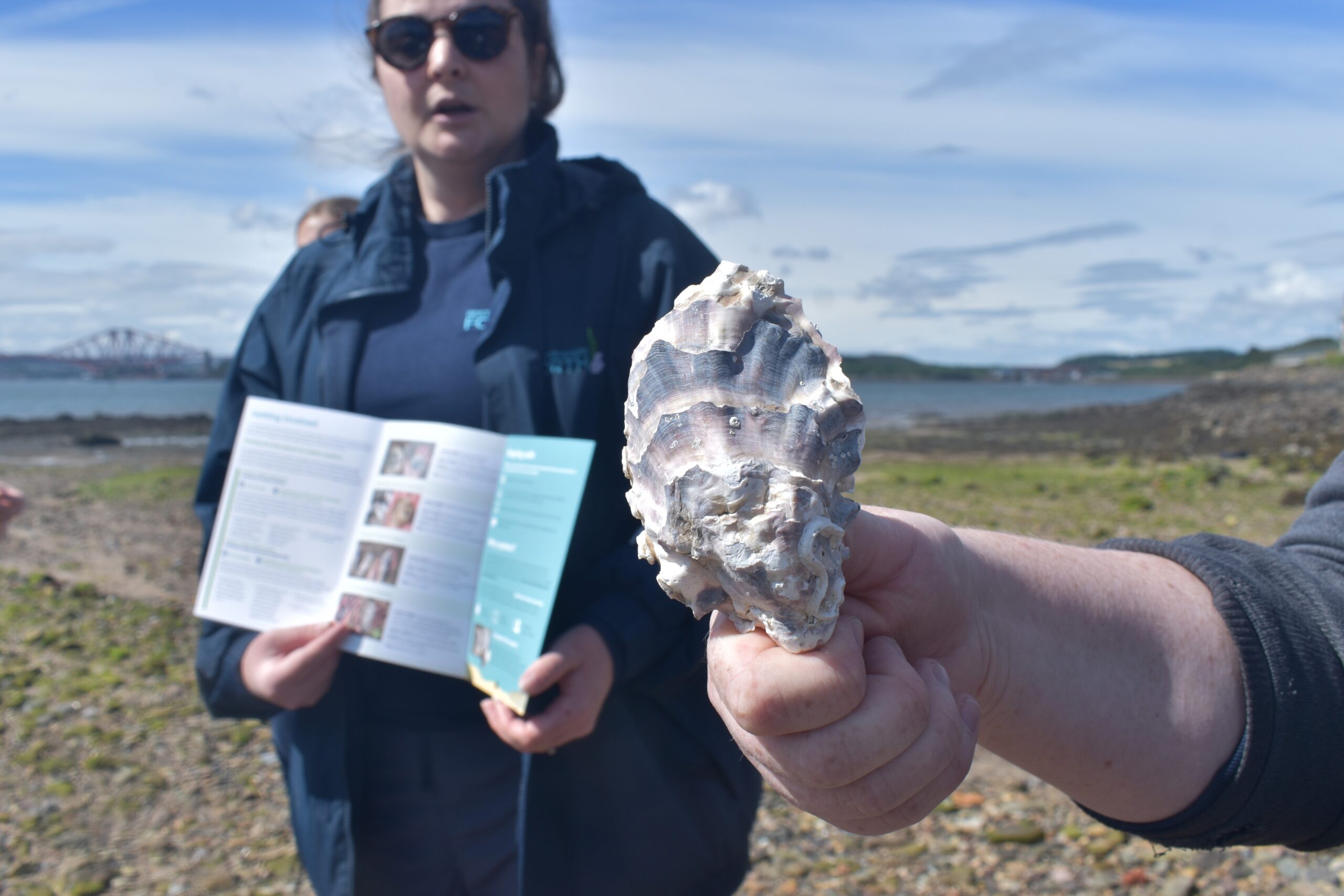- experience
- engage
- enjoy
The Tricks Behind the Magic of Moths
Publish Date: Wednesday September 4, 2024

FCCT Conservation Officer, Cristín Lambert, takes us behind the scenes of our popular moth identification event The Magic of Moths at Birnie and Gaddon – and reveals that our local expert pulled an all-nighter to make it happen!
Moth trapping is a brilliant nature-based activity and plays an important role in monitoring trends for over 2500 moth species found in Britain.
Moth abundance has declined by 33% in the last 50 years, so their conservation is of utmost importance. Moths and their caterpillars are a vital food source for many species of bird, mammal, amphibian and reptile. The critical importance of moth caterpillar numbers to the population size of blue tits was highlighted in a study this year. Blue tits are heavily reliant on moth caterpillars, with each brood eating up to 1000 caterpillars a day!
Moths are also extremely efficient and underappreciated pollinators, with some recent research in the UK finding that moths account for a third of pollinator visits to crops, flowers and trees in urban areas. To learn more about the importance of moths, Butterfly Conservation is an excellent source of information and will help you identify moths.
True expert
This event would not have been possible without Duncan Davidson, who is a true expert in the field. He kindly brought along three Robinson moth traps, which were set up just before dusk. Two traps were set up across the meadow area and one amongst the birch trees by Gaddon Loch.
Each trap was attached to a generator to power the mercury vapor bulbs that attract the moths – there are certainly no power outlets available in the middle of a nature reserve! Egg cartons were placed in each trap to provide the moths with crevices to hide and rest. A large white sheet was also placed under each trap to attract more moths.

I stayed up until around midnight, then got a few hours’ sleep in my van while Duncan stayed up the whole night to monitor the traps. It was then a 4am rise for me so we could check the traps in order to “beat the birds”. This is key when moth trapping, to ensure the moth traps don’t inadvertently provide the local birds with a breakfast buffet!
Duncan took the three traps home to sort and identify the moths – there were 100 different species! Then it was back to Birnie and Gaddon to set up for the event.
Fascinating
Members of the public who had signed up to the event got to learn about the importance of moths and get up close to some of the fascinating species found at the reserve. Moths were handled with the utmost of care, and we ensured moths were not touched directly, to ensure their delicate wings weren’t damaged. All the moths were then safely released back into the undergrowth.
Moths are an important indicator species [they tell us about changes in our ecosystems] and surveys have been happening at Birnie and Gaddon for many years with the data passed to the relevant conservation bodies.
Some of the highlights from this moth trapping session were the brilliantly coloured elephant hawk-moth Deilephila elpenor, the sizable poplar hawk-moth Deilephila elpenor, and the strikingly patterned garden tiger moth Arctia caja.
Keep an eye on our events page for similar events in the future. And a big thank you to Duncan for making this event so successful.



